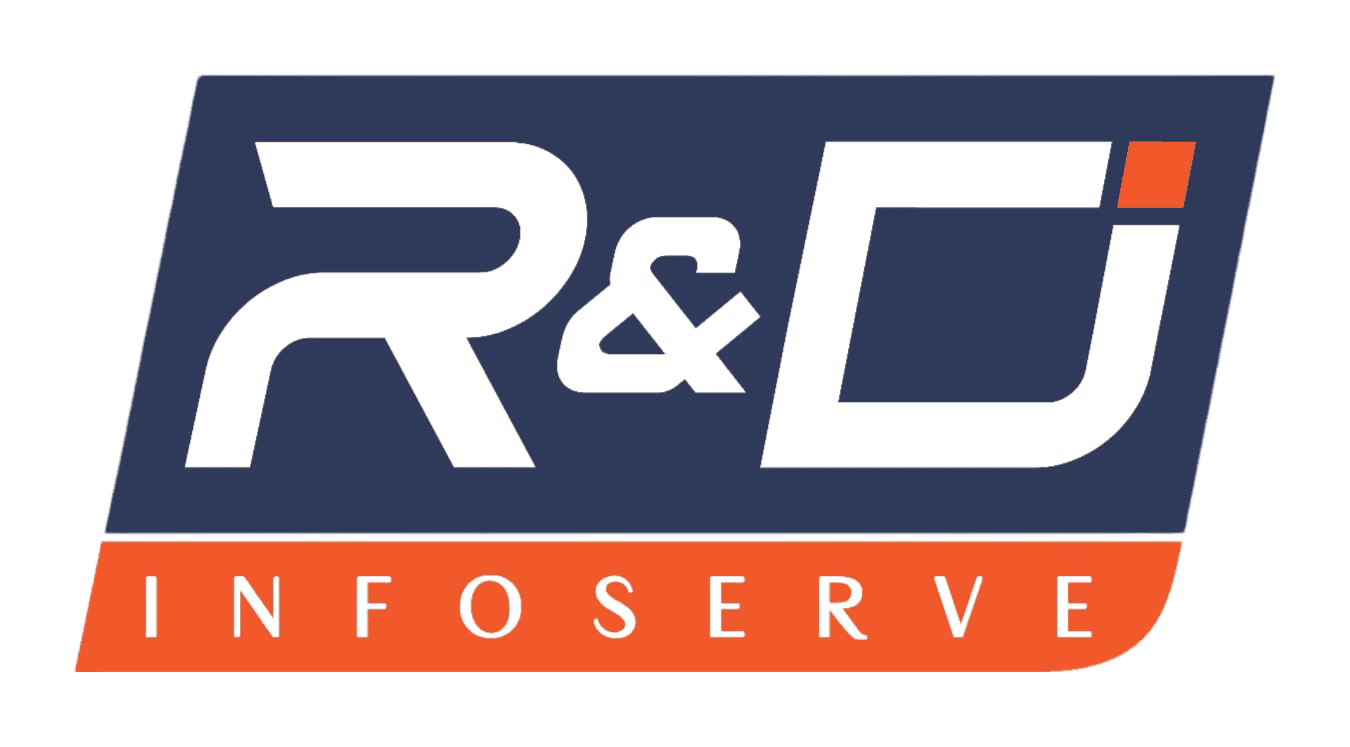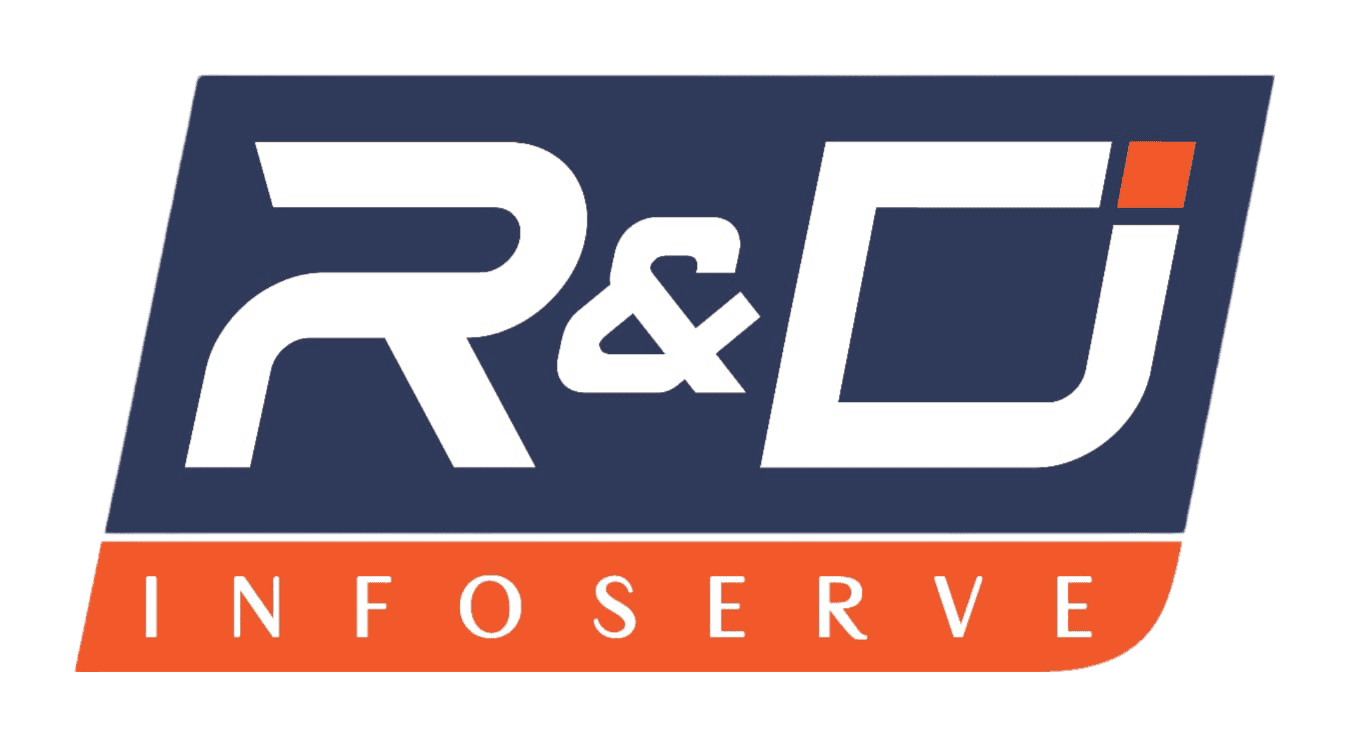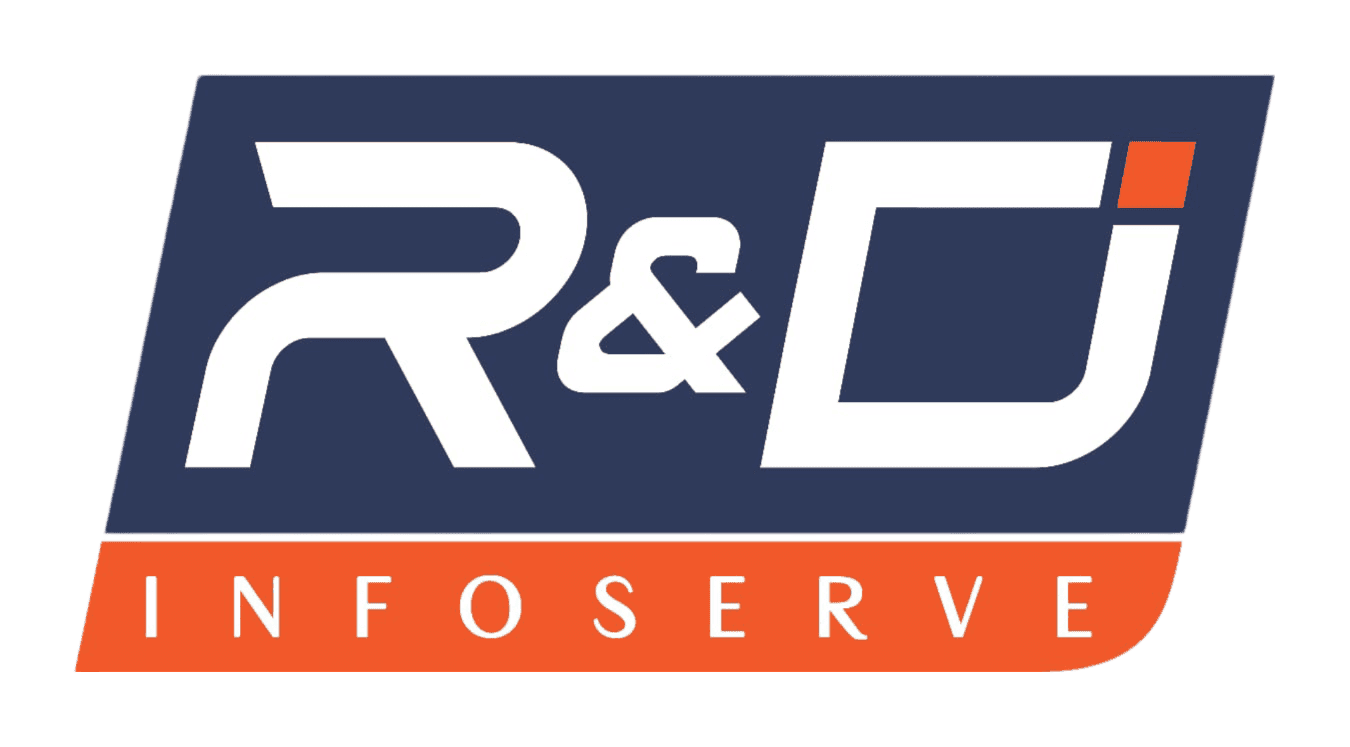Welcome, fellow business builders! You are launching your dream. This is an exciting, scary time. You need reliable tech, but money is tight. Every dollar must work hard for you. Therefore, we will focus on smart spending. We are building a budget IT setup. This setup must be functional and scalable. I know what it feels like. I have been in your shoes before. So, let us get straight to the essentials.
This guide is your complete hardware checklist. We focus on the necessary items only. We will explore ways to save money effectively. You deserve robust office networking solutions. You do not need to overspend to get them. I am going to walk you through each piece. We will cover everything you need to start.
The Core of Your Digital Office: User Workstations
Your employees need dependable tools. Therefore, the workstation is paramount. Do not skimp on core performance. Productivity is key for a new business.
Desktop and Laptop Choices: Performance vs. Price
New equipment is very expensive. Consider refurbished IT equipment first. A quality refurbished desktop saves a lot of money. Look for business-grade models. They are built to last longer.
Search for a good CPU. An Intel Core i5 or AMD Ryzen 5 is enough. Aim for at least 8GB of RAM. Sixteen GB is even better for multitasking. Business workstation components need fast storage. A 256GB Solid State Drive (SSD) is the minimum. This makes boot-up times lightning fast. Hard Disk Drives (HDDs) are no longer as fast as they used to be. Avoid them if you can.
Laptops are a mobility choice. They cost more than comparable desktops. Only buy them if your team moves around. Many staff members only need a desktop. This desktop should sit right at their desk. This saves money immediately.
Displays and Peripherals: Seeing the Savings
Do not buy giant, expensive monitors. A standard 24-inch display is perfect. Look for models with thin bezels. This improves the visual experience. Ergonomics is also very important. Adjustable monitor stands are a good investment.
Keyboards and mice are simple. Go for wired options to save money. Wireless versions need batteries constantly. They can also introduce connection lag. Choose comfortable, full-sized keyboards. Cheap peripherals hurt productivity over time. Affordable office tech includes comfortable gear.
Establishing the Network Backbone: Network Hardware Essentials
The network connects everyone. It is the lifeblood of your operation. Do not rely on cheap consumer-grade gear. This is a critical area for stability.
The Router and Firewall: Your Office's Digital Gatekeeper
Your router manages traffic flow. It is the first line of defence. Choose a router with strong firewall features. A VPN capability is also very useful. This helps with remote access later. Look for a Small Office/Home Office (SOHO) router. These balance features and costs well.
Consider a dedicated firewall appliance. Network hardware essentials include security. However, this may be a Phase Two item. Initially, a good router can handle it. Ensure the router supports Gigabit Ethernet. This gives fast local network speeds.
Switches and Cabling: Connecting the Dots
A network switch links all your devices. The number of ports depends on the staff. You need one port per device, plus spares. Buy a managed network switch if possible. This offers better traffic control. However, an unmanaged switch is cheaper. It works fine for small teams starting out.
Look for a managed network switch budget option. Do not forget about Power over Ethernet (PoE). PoE delivers power and data on one cable. This is fantastic for phones and cameras. It greatly simplifies your cabling needs.
Next, you need network cables. Always use Category 6 (Cat6) cables. They are inexpensive and very fast. Measure your runs carefully. You do not want a tangled mess. Good cabling makes troubleshooting much easier.
Wireless Access Points: Coverage Where You Need It
Your router has built-in Wi-Fi. But this signal is often weak. It usually fails to cover the entire office. Therefore, you need a dedicated wireless access point. This device broadcasts your Wi-Fi signal. Place it centrally for best coverage.
Look for a business-grade WAP. These handle many users reliably. They offer better security features, too. Avoid relying only on the router’s Wi-Fi. This simple step improves network stability hugely. Wireless access points for small business units are often very reasonably priced.
Communication and Collaboration: The Human Element
Your team needs to talk. They need to share files efficiently. These systems must be reliable and simple.
The Phone System: VoIP Phone System Budget
Traditional phone lines are costly. They are also very inflexible today. A Voice over IP (VoIP) system is better. It uses your existing internet connection. This saves money on monthly bills.
You need VoIP phones for each desk. You can buy refurbished VoIP handsets. This is a great area for cost savings. Look for entry-level models. They handle basic calls perfectly well. Consider a cloud-based VoIP phone system budget provider. You do not need an on-site Private Branch Exchange (PBX). That complex hardware is a large, unnecessary expense.
Collaboration Tools: Headsets and Webcams
Every workstation needs a quality headset. These are vital for clear VoIP calls. Good noise-cancelling is important. This prevents background office noise distractions. Consider USB headsets for simplicity.
Webcams are essential for meetings now. Do not rely on cheap built-in laptop cameras. Buy a decent 1080p external webcam. This helps maintain a professional image. Look for models with a simple clip-on design.
Protection and Resilience: Safety First
Hardware failure happens sometimes. Data loss can destroy a business. Therefore, you must plan for the worst. Setting up an Office IT Infrastructure on a Budget must include protection.
Power Protection: Uninterruptible Power Supplies (UPS)
A sudden power cut can damage hardware. It can also corrupt vital data files. Therefore, every server needs a UPS. A UPS is a large battery backup. It gives you time to shut down safely.
Consider smaller UPS units for key workstations. This prevents work loss during outages. A few minutes of runtime is all you need. Do not underestimate this simple protection. This is a must-have budget IT setup item.
Data Storage and Backup: Data Backup Solutions Affordable
Where will you store shared files? A dedicated Network Attached Storage (NAS) box is ideal. This is essentially a small, local server. It is a cost-effective solution for file sharing.
The NAS box also handles local backups. Always follow the 3-2-1 backup rule. Three copies, on two different media types, one off-site. Your data backup solution's affordable plan is vital. Consider cloud storage for the off-site copy. This is cheaper than a second physical location. You only need a simple, reliable NAS device.
Physical Security: Budget Security Cameras Office
Physical security is part of IT. You need to protect your hardware investment. Consider a basic budget security camera office setup. These use the same network and PoE. This makes installation very straightforward. A few well-placed cameras offer a huge deterrent.
The Hidden Gems: Refurbished and Renewed Hardware
Let us talk money again. Refurbished IT Equipment is your friend. High-quality vendors refresh business gear. They wipe it, test it, and sell it much cheaper. You get enterprise-grade equipment cheaply. This equipment is much more robust than consumer items.
You can find great deals on:
Desktops and Laptops
Monitors and Displays
VoIP Handsets
Managed Network Switches
Always buy from reputable vendors. Check the warranty offered. A good warranty means they stand behind their product. This strategy greatly reduces your initial spend. It allows for a higher, cost-effective IT infrastructure. This lets you allocate more money elsewhere.
Consumables and Software Licenses: Ongoing Costs
Hardware is a one-time purchase. Do not forget the ongoing costs. These are often underestimated by new businesses.
Printing and Supplies
Printing is a necessary evil. Laser printers are cheaper long-term. Inkjet cartridges are surprisingly expensive. Buy a monochrome laser printer first. Colour printing can wait if your budget is very tight. Look for printers with affordable toner cartridges.
Stock up on paper and spare toner. Running out stops work completely. It is a small detail, but very important.
Operating Systems and Software
Windows or macOS licenses are needed. These should be factored into the cost. Cloud-based productivity suites are great. They often include email and storage. This avoids buying separate software licenses. Factor in a per-user monthly fee for this. This simplifies your software budgeting greatly.
The Final Review: Your Action Plan
Now you have the entire picture. Your complete hardware checklist is ready and they all are availabe at RnDInfoserve. Remember, the strategy is quality, then budget. Do not buy cheap, unreliable gear. That saves money short-term only. It costs you dearly in downtime later.
Start with the absolute essentials first. Your network backbone and workstations. Then add protection (UPS and backup). Finally, integrate your communication tools (VoIP). This staged approach manages your cash flow. This is the smartest way of setting up an office IT infrastructure on a budget.
Your small business hardware needs stability. It needs security and speed. You can achieve all three points. You do not have to bankrupt the company. Be smart and be persistent. Good luck building your tech foundation!


